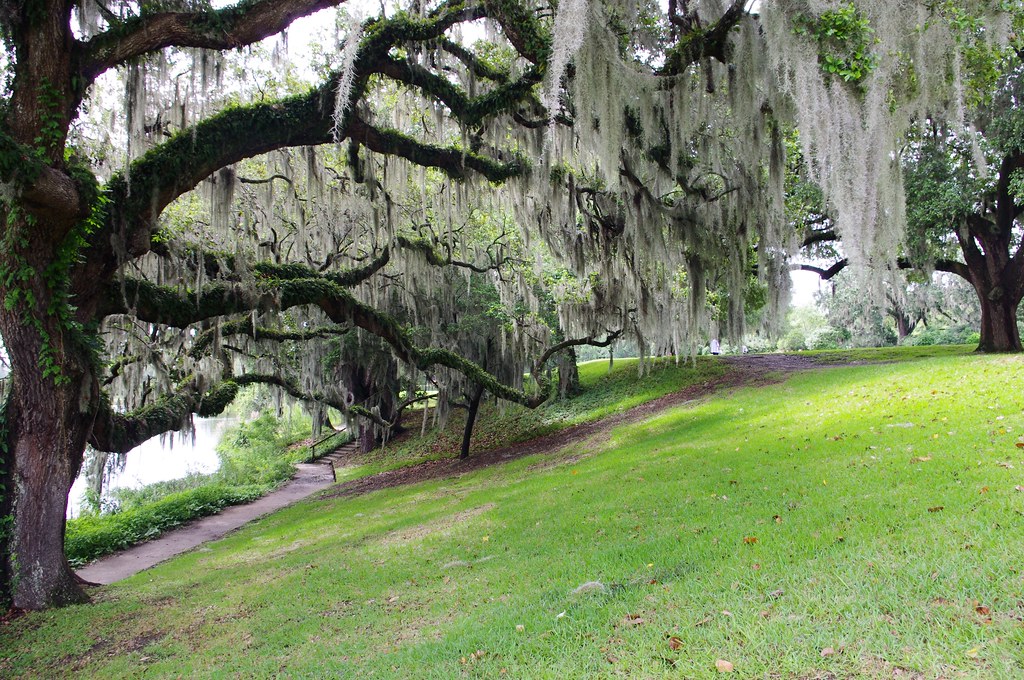Photography Now & Then #39

Today’s photo1: Empty box used for office stuff. February 8, 2018 (Apple iPhone 6s)
I used this box to ferry personal items between work and home between contract jobs. It held items that I either previously owned or had purchased, including: cups and mugs “awarded” at work or gifted by sites I visited on business trips, pens, note and memo pads, over-the-counter medications, etc.
Now that I’ve stopped working, it’s been emptied, with the contents put away at home or thrown away, in the case of expired over-the-counter supplements.
The image was modified using the iPhone Fog filter.

Photo Favorite2: Spanish Moss on trees at Middleton Place plantation, Dorchester County, South Carolina, 15 miles from Charleston, June 11, 2012 (Pentax K-r)
Spanish moss3
Spanish moss (Tillandsia usneoides) is an epiphytic flowering plant that often grows upon larger trees in tropical and subtropical climates, native to much of Mexico, Bermuda, the Bahamas, Central America, South America, the southern United States, and the West Indies as well as being naturalized in Queensland (Australia) known as “grandpas beard” and in French Polynesia. In the United States from where it is most known, it is commonly found on the southern live oak (Quercus virginiana) and bald-cypress (Taxodium distichum) in the lowlands, swamps, and savannas of the southeastern United States from southeast Virginia south to Florida and west to Texas and southern Arkansas.
This plant’s specific name usneoides means “resembling Usnea”, and it indeed superficially resembles its namesake Usnea, also known as beard lichen, but in fact Spanish moss is neither a moss nor a lichen. Instead, it is a flowering plant (angiosperm) in the family Bromeliaceae (the bromeliads) which grows hanging from tree branches in full sun through partial shade. Formerly this plant has been placed in the genera Anoplophytum, Caraguata, and Renealmia. The northern limit of its natural range is Northampton County, Virginia, with unsubstantiated colonial-era reports in southern Maryland where no populations are now known to be extant. The primary range is in the southeastern United States (including Puerto Rico), through Argentina, growing where the climate is warm enough and has a relatively high average humidity. It has been introduced to similar locations around the world, including Hawaii and Australia.
- Today’s Photo is a photo that is almost always taken the day of the blog post. In some instances, posts may be backdated if internet access is not available on the day of the photo or other reasons prevent posting Photograph Now and Then.
- Photo Favorite is a randomly selected older photograph from a batch of photos specifically “curated” for Photograph Now and Then.
- Spanish moss – Wikipedia
Note: Reference links were accessed on the date the blog post was published, unless otherwise stated.

